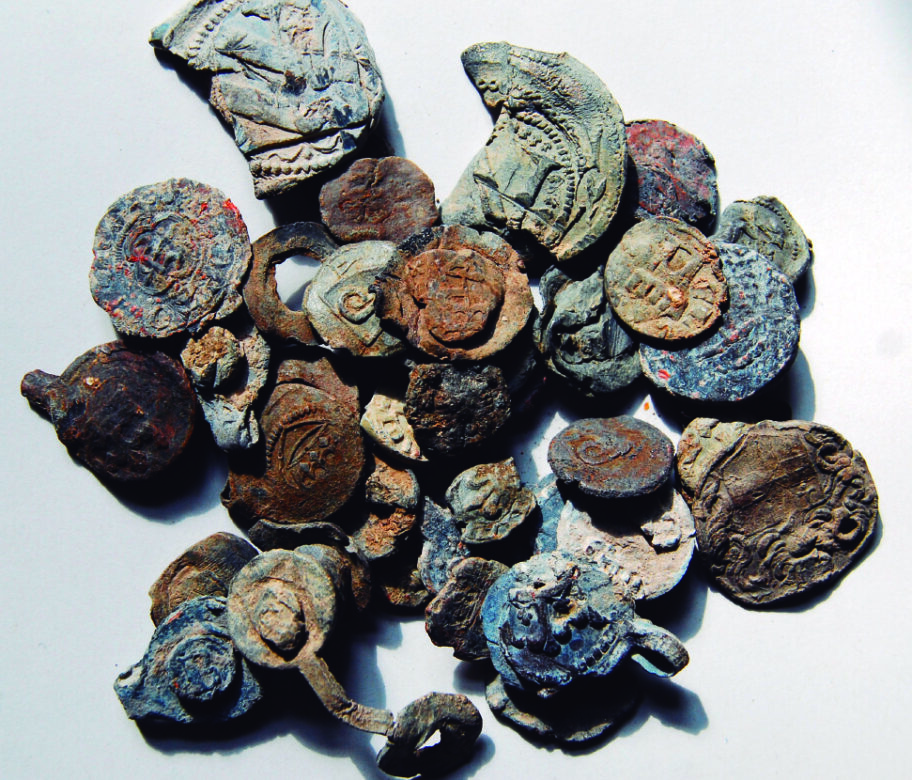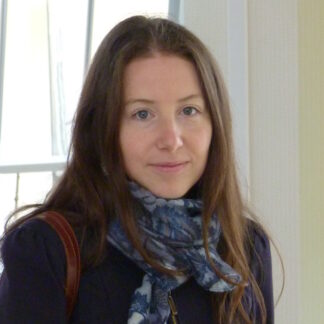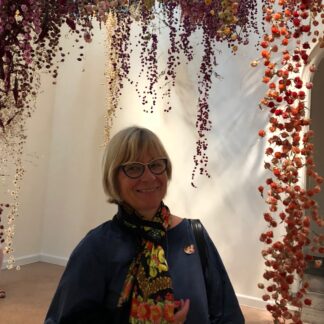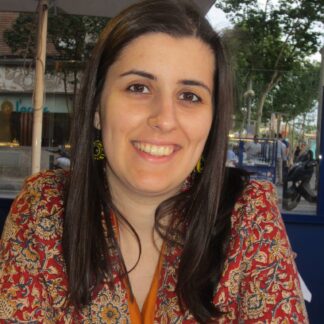
Working Group 3 – Textile and Clothing Terminologies
Introduction
Objectives: to explore specialized language and garment terms in European languages, and Semitic loan words; to trace and map textile and garment loanwords between the languages within Europe; to determine how textile terminologies influence other fields of knowledge, such as the natural sciences and expressions for the body; to explore how clothing is used as metaphor and literary device in European literature.
Themes: Europe is rich in languages. Through textile and clothing terminology, we perceive contacts, innovations, trade routes and economic structures. Terminology arises and develops in unison with technical innovations, discoveries, fashions, and trade patterns. When new textile techniques or new clothing items come from a foreign place, languages have different strategies for naming them: 1.Adaptation of the foreign name as a loan word, e.g. kimono, pyjamas, or the term cotton from Arabic qtn through Spanish to English, of a 2nd millennium BCE Semitic root ktn (Linear B ki-to, Akkadian kunatum); 2. Formations based on the description of the item, such as German Baumwolle, meaning ‘wool from trees’, or the Greek cloak chlamys shaped as a clam shell; 3.Formations based on the description of how to wear it: English overcoat, underwear; 4.Formations based on the description of the tools used to make it. In South American Spanish is a word for weaving, tejer, and with the introduction of knitting, this new technology was termed ‘weaving with sticks’, tejer a palitos. 5. Formations based on the toponymical reference to the place of production, purchase, or trade: Norwich cloth, muslin (< Mosul), damask (<Damascus).

In the specialised terminological fields of textiles, and especially in clothing terminology, we observe a substantial use of loanwords, which testify to trade, fashion, and innovations. We also observe how textile and garment terms are used in philosophy, literature and science as metaphors or as concrete images of larger concepts such as identity, destiny, coherence and unity, complexity.
Major questions are: Q1: How can we understand toponyms in textile terminology? Q2: How far can loan words in textile terminology inform us about the economic and technical contexts? Q3: How does a textile or clothing term (i.e. text) refer and relate to the object (textile)?
To answer these and other research questions, the website ‘Textile and Clothing Terminology Online’, developped by Working Group 3, is now available.
Team
Working Group
Leader
Louise Quillien
FR

Working Group
Vice-Leader
Susanne Lervad
DK

Working Group
Vice-Leader
Joana Sequeira
PT

| Country | Name | Affiliation |
| CH | Corinne Mühlemann | Bern University |
| DE | Juliane Müller | Independent Researcher |
| DE | Kerstin Dross-Krupe | University of Kassel |
| DK | Susanne Lervad | University of Copenhagen, Centre for Textile Research (CTR) |
| DK | Maria Mossakowska-Gaubert | University of Copenhagen, Centre for Textile Research (CTR) |
| DK | Marie-Louise Nosch | University of Copenhagen, Centre for Textile Research (CTR) |
| EL | Dimitra Andrianou | National Hellenic Research Foundation |
| EL | Tina Boloti | Academy of Athens |
| EL | Stella Spantidaki | Hellenic Centre for Research and Conservation of Archaeological Textiles (ARTEX), University of the Aegean |
| ES | Dolores Serrano-Niza | University of La Laguna |
| ES | Elena Miramontes Seijas | Autonomous University of Madrid |
| FR | Louise Quillien | CNRS |
| FR | Cécile Michel | CNRS |
| FR | Astrid Castres | Ecole Pratique des Hautes Etudes |
| FR/RU | Yulia Alyunina | Université Lumière Lyon 2 |
| HU | Rebeka Nagy | Museum of Applied Arts of Budapest |
| HU | Réka Semsey | Museum of Applied Arts of Budapest |
| HU | Anikó Moór | Museum of Applied Arts of Budapest |
| IS | Meghan Korten | University of Iceland |
| LT | Eglė Kumpikaite & Daiva Milašiene | Kaunas University of Technology |
| MT | Claire Bonavia | Heritage Malta – Agency for Cultural Heritage |
| NO | Hana Lukesova | The University Museum of Bergen |
| PT | Joana Sequeira | Lab2PT/INT2PAST, University of Minho |
| PT | Catarina Costeira | Municipality of Sintra, UNIARQ – University of Lisbon |
| PT | Paula Nabais | LAQV – Requimte, NOVA University of Lisbon |
| PT | Vanessa Otero | NOVA University of Lisbon |
| PT | Luís Mendonça de Carvalho | NOVA University of Lisbon |
| RO | Irina Petroviciu | National Museum of Romanian History, Center of Research and Scientific Investigation |
| SE/NO | Peder Flemstad | Lund University, Swedish Institute at Athens |